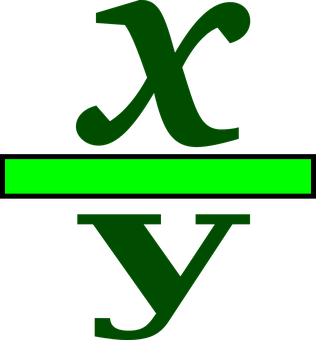 I teach high school students who still add fractions straight across without bothering with common denominators. I honestly don't know who they get so far without having the basics down.
I teach high school students who still add fractions straight across without bothering with common denominators. I honestly don't know who they get so far without having the basics down.Several years ago, I worked with a young lady who did not realize when dividing a pizza into pieces, each piece had to be the exact same size. She didn't know that.
One common misconception is when adding or subtracting fractions you see students pull the 1/2 + 2/5 = 3/7. As stated earlier, I have quite a few high school students who do this and have no idea why they are marked as incorrect.
Another misconception I've seen is students not understanding when creating fractions with common denominator, they are trying to multiply by a fraction equal to one such as 1/2 x 2/2 = 2/4 so they can have 2/4 + 1/4 = 3/4 instead of 1/2 + 1/4. Many of my students forget to multiply the numerator by the same number as they multiplied the denominator. Students have been taught they multiply both numerator and denominator by the same number rather than understanding they are multiplying the fraction by an equivalent form of 1.
This misconception comes from teach a process in elementary rather than teaching the concept behind it. When students do not have this understanding it is difficult for students to find common denominators when working with algebraic fractions. Although the process is the same, they do not see the connection.
Another thing I've observed is students try to find common denominators when they multiply or divide fractions. They apply the common denominator rule to all fractions regardless of operation. I suspect its because they have not figured out the differences in what each operation represents. In addition, when dividing they often flip the incorrect term because they are told to flip one rather than understanding they are multiplying by a reciprocal.
Furthermore, students see fractions as always being part of a single object such as 1/6 th of a pizza being one piece out of six but 1/6th could represent one red ball out of 6 balls. They see the whole as being a single object rather than possibly representing a total number of objects.
It seems some students see dividing a whole number by a half the same as dividing in half. An example would be 4 /(1/2) is the same as 4/2 rather than 4 x 2. Its why its difficult to create pictorial representations showing 4 divided by 1/2. Even I struggle with that one because I never learned the concept, only the process.
I'd love to hear what you think. Have a good day.
No comments:
Post a Comment